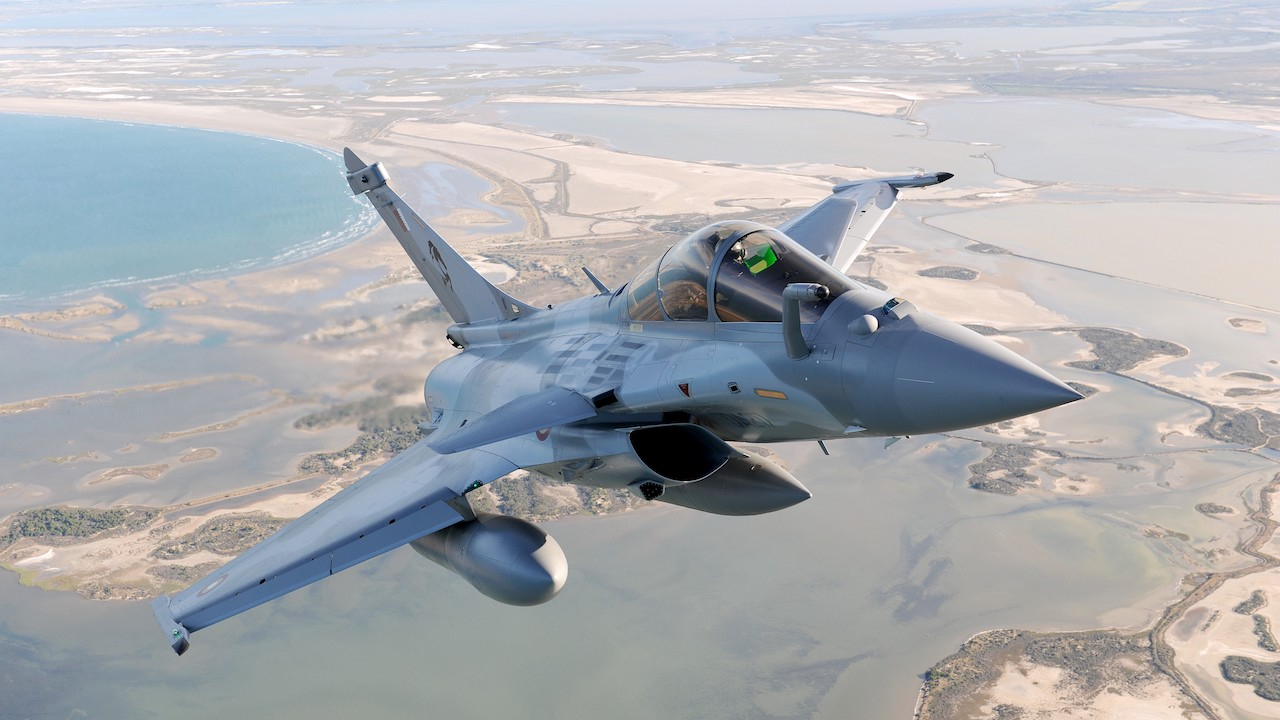Raining champions of the Arab world
A Royal Moroccan Air Force Alpha Jet has been withdrawn from its training role and is being used to pioneer a new task for the Franco-German trainer – cloud-seeding.

Back in Soviet days, the Russian air forces regularly undertook seeding missions to make clouds dump rain early, thereby ensuring dry weather for ceremonial parades.
Drought in
Studies into climate change and global warming have shown that
This is serious, as
Aviation has long had a part to play, especially in monitoring and measuring the effects of climate change. In 1982, the Al Ghait programme was launched, with aircraft taking a more active role.
The operation was a joint effort between the Government of Morocco and the United States Agency for International Development (USAID) and aimed to use weather modification techniques to augment rainfall.
The programme uses silver iodide as a seeding agent to increase the precipitation efficiency of cold clouds in the Central High Atlas Mountains. This causes snowfall, augmenting the snowpack in the mountains which, in turn, increases snow melt run-off in summer – just when it is most needed!
The silver iodide is released from ground-based seeding generators, or from aircraft (or both) when seedable clouds are in the target area.
In order to operate successfully over the mountains, the programme needed an aircraft capable of operating easily and autonomously at heights in excess of 8000m. A single RMAF Alpha-Jet (No.245) was modified for the task, gaining a new Sperry/Honeywell Primus 300SL weather radar in a slightly extended and recontoured nose, and with a modified AN/ALE chaff/flare countermeasures dispenser in the rear fuselage used for launching the cloud seeding silver iodide cartridges. The weather radar is used to help the crew to identify potentially dangerous cumulonimbus clouds.
The crew identies interesting cumulus clouds, which are then penetrated. Inside each, the pilot drops one or two silver iodide cartridges; these acting as a catalyst for the formation of raindrops.
During the first phase of field operations conducted from 1984-1989 an average of 15-25 storm events were seeded during each season, totalling 144 seeded days during the five-year period. This resulted in a 14 to 17 per cent increase in winter precipitation. These results were viewed as ‘encouraging’, but it was recognized that further research would be required.
The Al Ghait aircraft has also been used in a number of other African countries, including
Since 2002 the Moroccan Al Ghait programme has benefited from the involvement of the
WMI has been assisting in the development of the Al Ghait national cloud seeding programme and provided training. The
Since 2005, the Alpha Jet has deployed to
Stay up to date
Subscribe to the free Times Aerospace newsletter and receive the latest content every week. We'll never share your email address.

